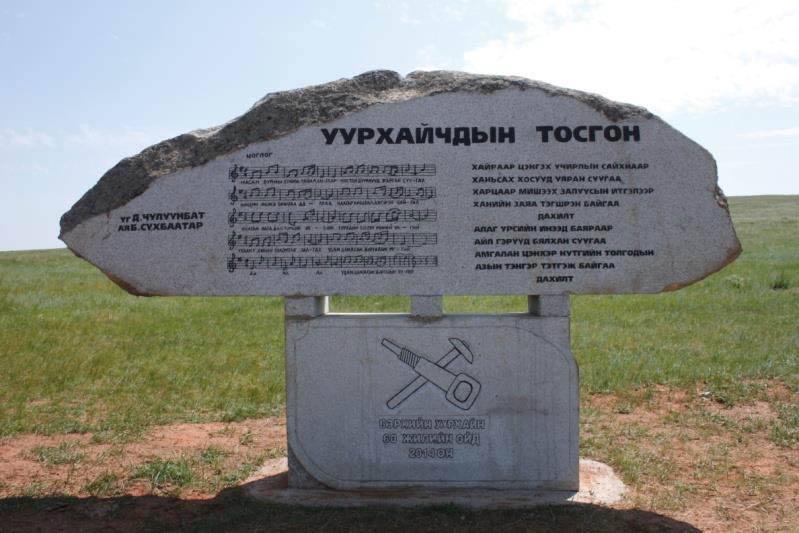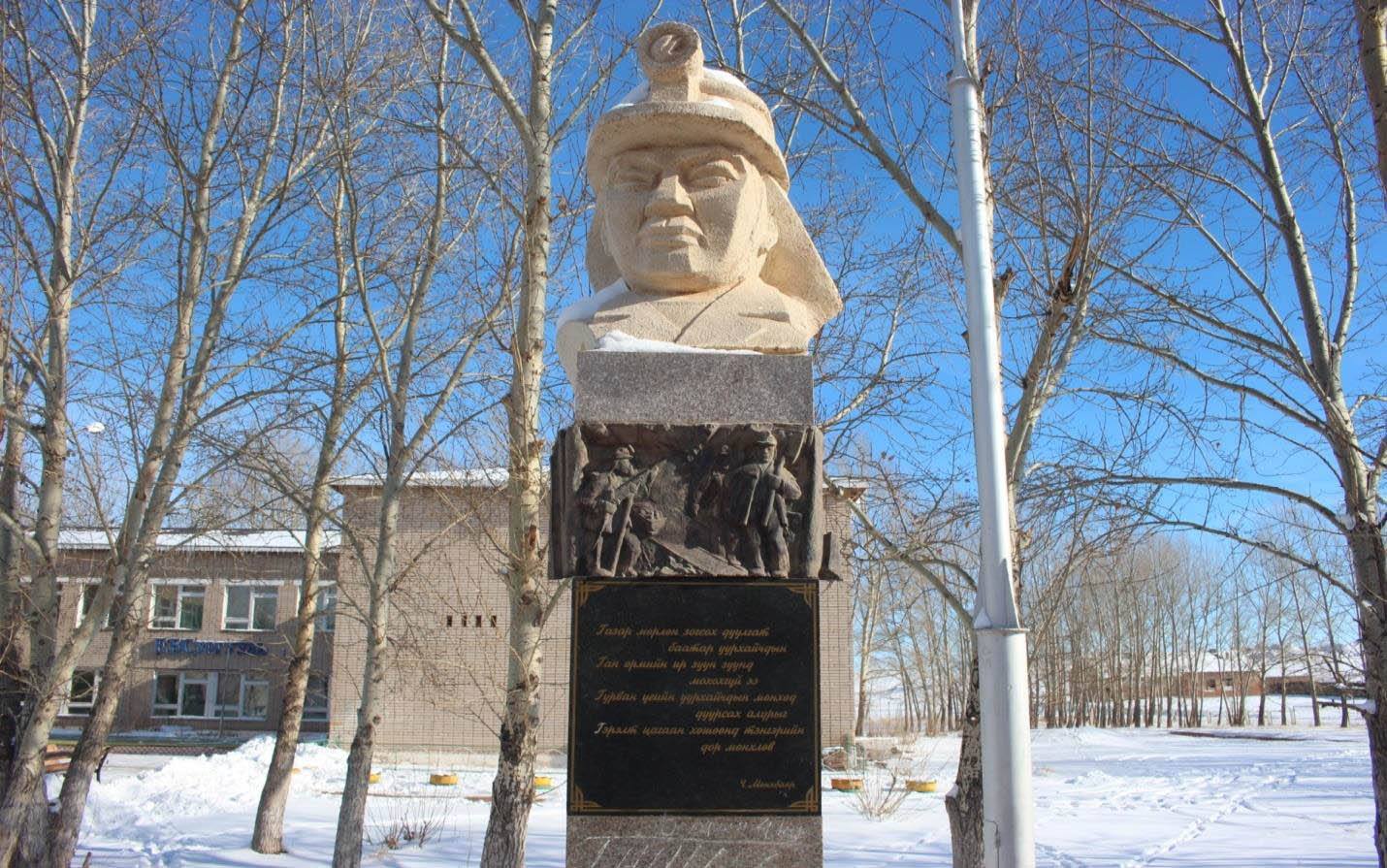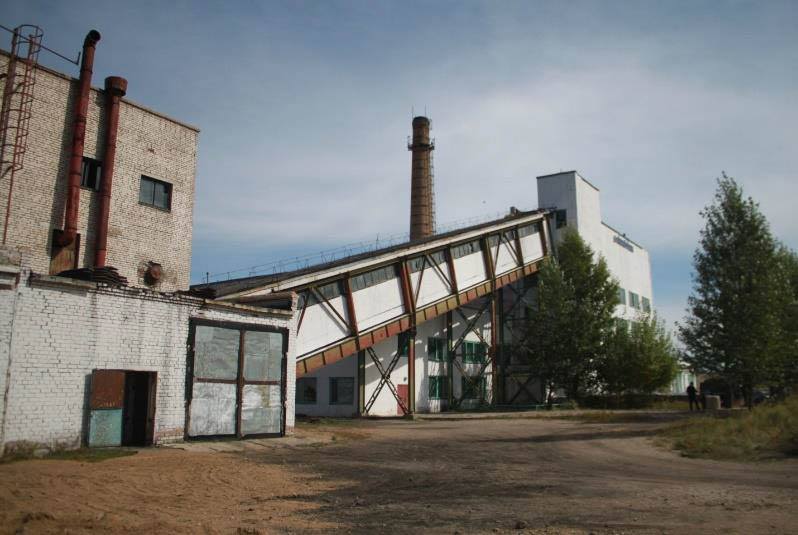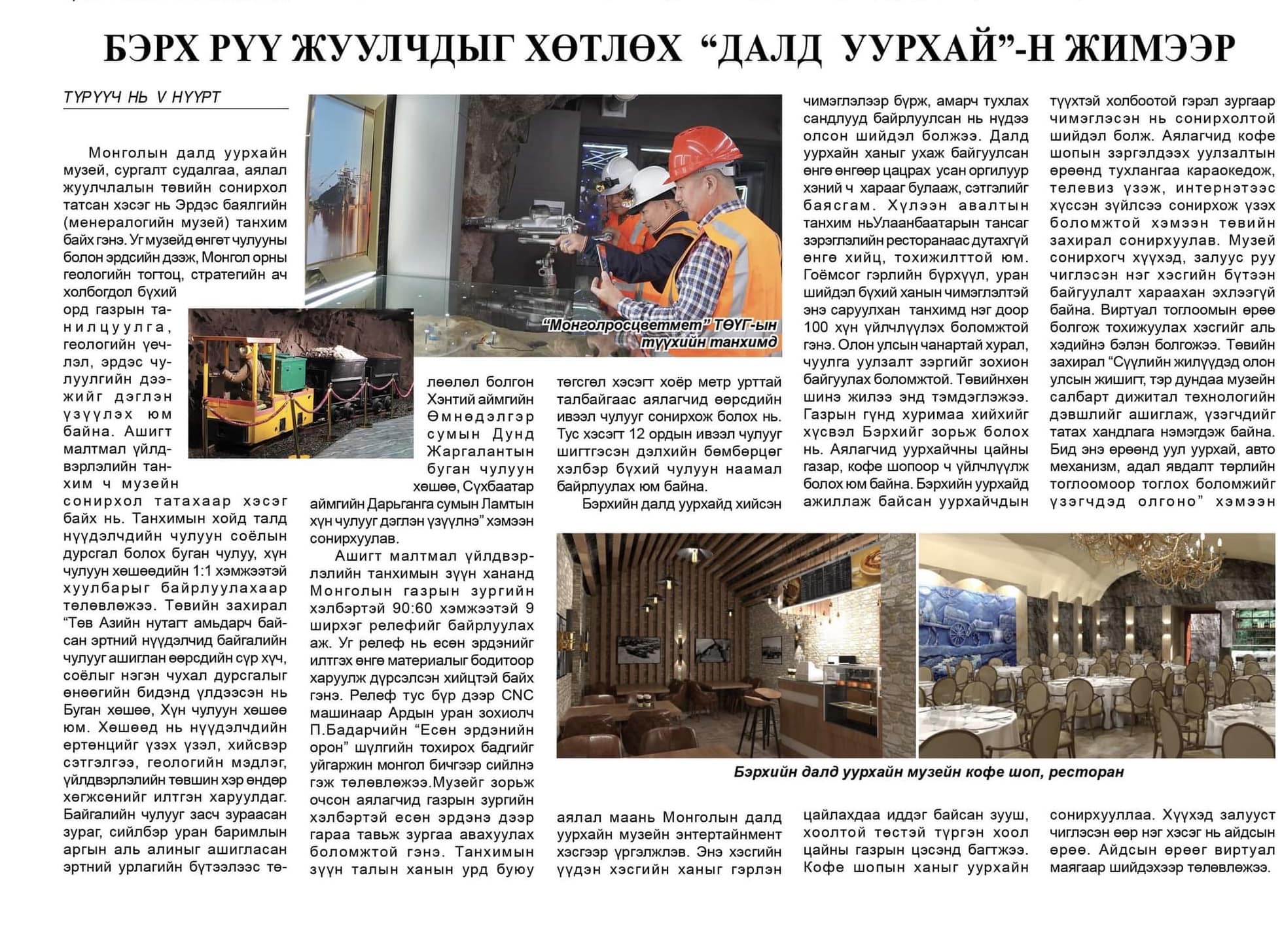Fluoride applications

Mining

Glory

Development
Fluorite's history and chemical structure
Fluorite remained unnamed until the 15th century. Since 1868, it has been designated the Latin name "flor," symbolizing its melting characteristics and capacity to expedite metal melting while facilitating slag release. Flourite comprises calcium and fluorine, with a chemical formula of CaF2. In feldspar, 51.1% is calcium (Ca), and 48.9% is fluorine (F), constituting a non-metallic mineral.
Fluorite's Versatile Applications
Fluorite, a crucial non-metallic mineral, holds significance in our country's mining sector and plays a valuable role in foreign trade. Available in a spectrum of colors—clear white, pink, green, yellow, and brown—fluorite is a brittle mineral with a hardness of 4 and a density of 3.18. It exhibits a glass-like luster and uneven cracks. Widely employed as flux, fluorite finds application in chemical, ferrous metallurgy, aluminum, optical, laser, glass, and enamel industries. Furthermore, fluorite plays a crucial role in nuclear power plants, contributing to the production of uranium isotopes. In the chemical industry, fluorine is pre-concentrated for the synthesis of hydrogen fluoride (fluorine acid). Within the metallurgical industry, fluoride serves as a vital technological raw material, accelerating the processes of metal melting and slag separation. Clear, crack-less fluorite finds application in optical and laser technologies, as well as in the glass and porcelain industries, while various colored fluorites are utilized for decorative purposes.
Global Abundance and Distribution
Fluorine compounds constitute 0.2 percent of Earth's surface sediments, surpassing lead by 50 times. Despite its abundance, lead is mined more extensively than fluorine due to its widespread distribution. Scientifically, there are 15 compounds of fluorine with other elements, and over 100 mineral rocks contain fluorine, highlighting its pervasive nature. The primary source of fluorine is fluoride, and its significance is underscored by its continued high value in the global market.
Mongolia's Position
Fluorine stands as a critical strategic raw material, with its purposes varying from country to country, occasionally treated as a state secret. Global fluoride reserves are estimated at around 500 million tons, and Mongolia holds 9% of these reserves. Ranking fourth globally in fluoride reserves after Mexico, China, and South Africa, Mongolia concentrates over 90% of its feldspar reserves in the provinces of Tov, Dornogovi, Khentii, Dundgovi, and Sukhbaatar.




